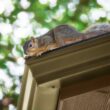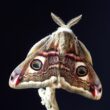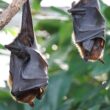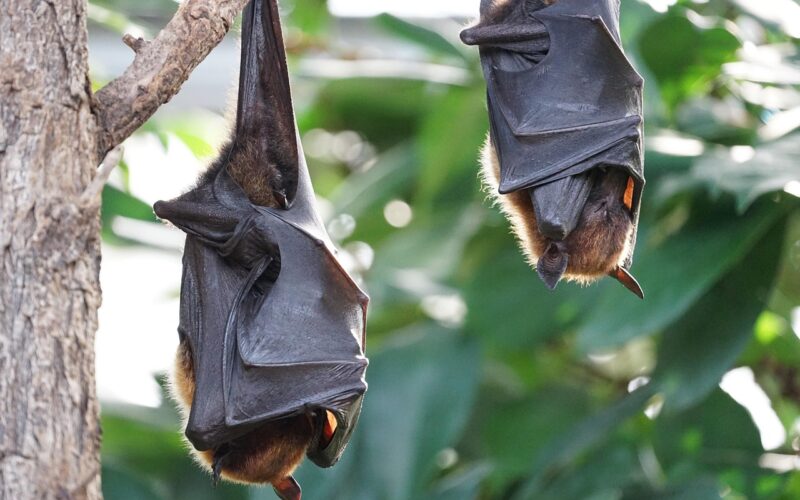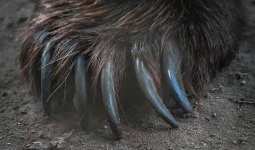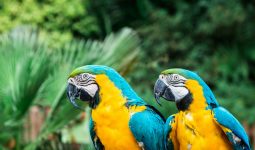When twilight settles over Dallas, you’re witnessing more than just the end of another day—you’re watching one of nature’s most impressive pest control operations spring into action.
Six distinct bat species call the Dallas metroplex home, and together they consume millions of insects every single night, providing an estimated $1.4 billion in agricultural benefits to Texas farmers annually.
These remarkable insectivorous mammals aren’t just background characters in your evening; they’re essential partners in maintaining the ecological balance that makes North Texas livable.
Understanding which bats share your Dallas neighborhood transforms casual evening observations into meaningful wildlife encounters.
From the spectacular Mexican free-tailed bat emergences along Trinity River bridges to the solitary Eastern red bats roosting in backyard trees, each species brings unique adaptations and behaviors worth knowing.
Whether you spot them near White Rock Lake, hear their distinctive calls at dusk, or notice them hunting around streetlights, learning to identify Dallas’s bat population connects you to the nocturnal ecosystem working tirelessly to keep mosquito and moth populations in check.
1. Big Brown Bat
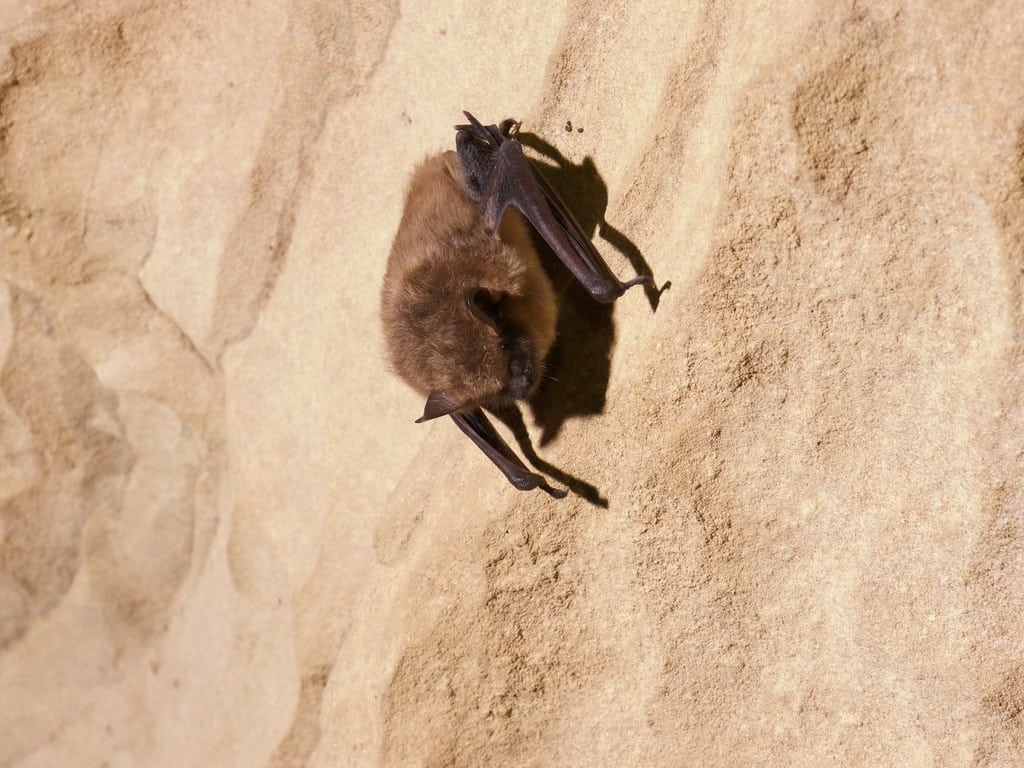
The Big Brown Bat (Eptesicus fuscus) stands as one of Dallas’s most adaptable urban residents, thriving equally in natural woodlands and developed neighborhoods throughout the metroplex.
You’ll recognize these robust mammals by their chocolate to light brown fur, broad nose, and substantial wingspan reaching 13 to 16 inches.
Weighing nearly half an ounce, they’re among the larger bats you’ll encounter in North Texas, with powerful, steady wingbeats that create a distinctive direct flight pattern.
These versatile bats demonstrate remarkable habitat flexibility, roosting in tree cavities, attics, barns, building crevices, and behind shutters across Dallas neighborhoods.
Unlike many species that migrate or form large colonies, Big Brown Bats often roost alone or in small groups, making them less conspicuous despite being relatively common.
You’re most likely to spot them emerging 20 to 30 minutes after sunset, flying at moderate heights of 10 to 30 feet while hunting beetles, moths, wasps, and other flying insects.
Year-Round Residents
Big Brown Bats remain active in Dallas throughout the year, entering torpor during cold winter periods rather than true hibernation or migration.
This makes them one of the few bat species you might observe on mild winter evenings when temperatures exceed 50 degrees. Their ability to utilize heated buildings for winter roosting sites has contributed significantly to their success in urban environments like Dallas.
Females form small maternity colonies in late spring, typically numbering 20 to 75 individuals, where they give birth to twins in early summer—unusual among North American bats where single pups are more common.
Young bats develop quickly, learning to fly within three to four weeks and reaching independence by six weeks old.
This relatively fast development cycle, combined with their adaptability to human structures, has helped Big Brown Bats maintain stable populations even as Dallas has grown.
| Characteristic | Details |
|---|---|
| Wingspan | 13-16 inches |
| Weight | 0.4-0.6 ounces |
| Coloration | Chocolate to light brown |
| Roosting | Buildings, tree cavities, attics |
| Lifespan | Up to 18-19 years |
Pro Tip: If you discover Big Brown Bats roosting in your attic, the best exclusion window is August through early October, after pups can fly independently but before winter torpor begins. Contact a licensed wildlife control agent for humane removal guidance.
2. Mexican Free-tailed Bat

The Mexican Free-tailed Bat (Tadarida brasiliensis) claims fame as Dallas’s most abundant and spectacular bat species, forming colonies that create unforgettable evening emergences from bridges along the Trinity River.
You’ll identify these medium-sized bats by their distinctive tail extending well beyond their tail membrane—the feature giving them their common name.
Their dark brown to grayish fur, narrow wings, and streamlined bodies make them perfectly adapted for the high-speed, high-altitude flight that has earned them recognition as the fastest flying mammal on Earth, capable of reaching speeds up to 100 miles per hour.
These social bats form massive colonies in Dallas, particularly under bridges, in large buildings, and occasionally in attic spaces.
The Trinity River bridges host some of the most accessible viewing opportunities, where thousands of bats emerge in swirling columns starting about 20 minutes after sunset during summer months.
Their synchronized emergences can last over an hour, creating a spectacular natural phenomenon that draws wildlife watchers from across the metroplex.
Migration and Seasonal Patterns
Mexican Free-tailed Bats are migratory in Dallas, arriving from Mexico in February through March and departing in late October through November as temperatures cool.
Females arrive first, forming large maternity colonies where they give birth to single pups in June.
The pups develop in incredibly dense nursery areas—up to 500 pups per square foot of roosting surface—yet mothers can locate their own offspring among thousands using unique vocalizations and scent recognition.
Their diet consists primarily of moths, including agricultural pests like corn earworm moths and armyworm moths, along with beetles and other flying insects.
A single bat consumes up to two-thirds of its body weight in insects nightly, and with Dallas-area colonies numbering in the tens of thousands, their collective pest control impact is staggering.
They typically forage at heights of 30 to 100 feet, though they’ve been documented hunting at altitudes exceeding 10,000 feet.
Key Insight: The Mexican Free-tailed Bat is Texas’s official state flying mammal, and Dallas represents a crucial point along their annual migration corridor between central Mexico and breeding grounds across the southern United States.
3. Eastern Red Bat
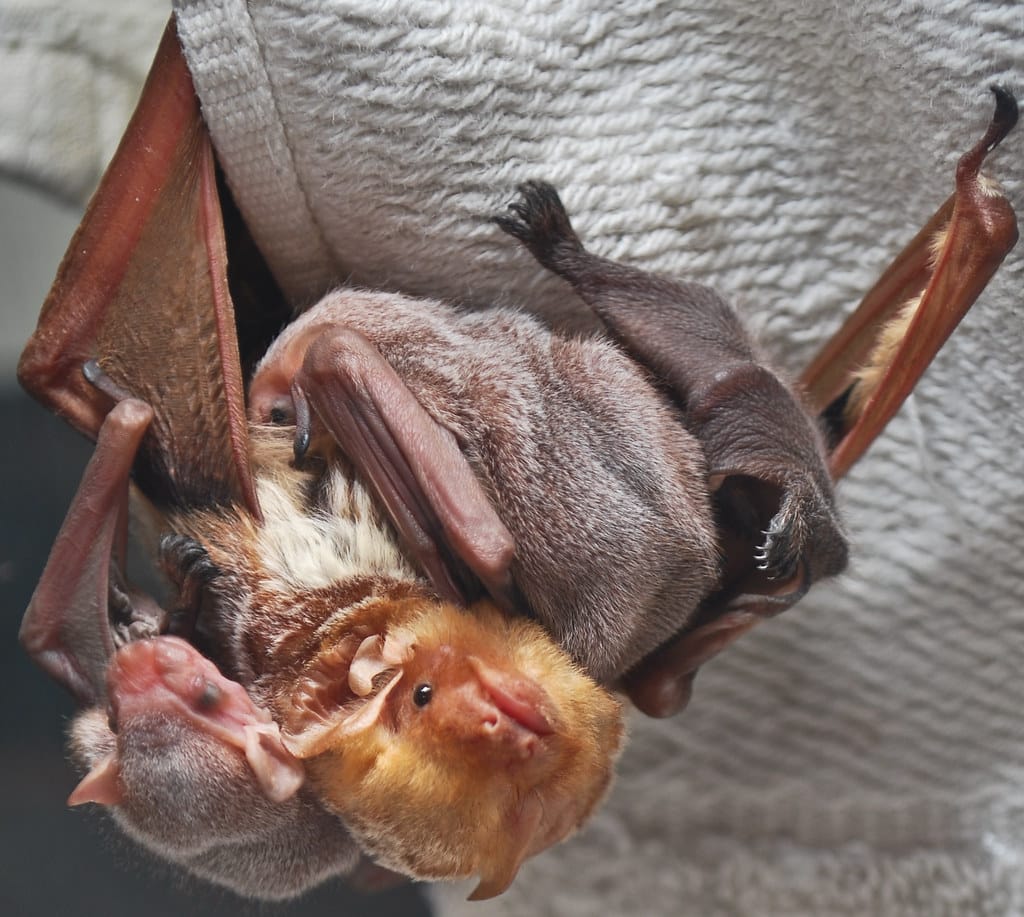
The Eastern Red Bat (Lasiurus borealis) brings striking coloration to Dallas’s bat community, with males displaying vibrant brick-red to rusty-orange fur while females wear more subdued yellowish-brown coats.
Both sexes feature distinctive white frosted tips on their fur and conspicuous furry tail membranes extending to the tip of their tails, characteristics that set them apart from Dallas’s other bat species.
Their wingspan reaches 11 to 13 inches, and they fly with a strong, direct pattern that’s less erratic than many smaller species.
Unlike the colonial species that dominate bridge roosts, Eastern Red Bats are solitary tree-roosters preferring to hang from branches in foliage where their coloring provides excellent camouflage against autumn leaves.
In Dallas, you’ll find them in parks, residential areas with mature trees, golf courses, and along wooded creek corridors. They typically roost 3 to 40 feet above ground, often on south-facing branches that receive afternoon sunlight.
Unique Reproductive Strategy
Eastern Red Bats demonstrate exceptional reproductive capacity among North American bats, commonly giving birth to twins, triplets, or even quadruplets, though twins and triplets are most frequent.
This higher reproductive rate helps offset mortality from predation and exposure. Females give birth in late May through early June, and young bats cling to their mother even during flight for the first few weeks until they grow too heavy for her to carry.
These bats are relatively early evening hunters, sometimes beginning foraging flights before complete darkness on cloudy days. They feed primarily on moths, but also consume beetles, flies, cicadas, and other insects.
Eastern Red Bats demonstrate seasonal movements in Dallas, with some individuals migrating south for winter while others may overwinter in protected locations, entering torpor during cold periods and becoming active during warm spells.
Dietary Preferences:
- Moths (50-60% of diet)
- Beetles (15-20%)
- True bugs and cicadas (10-15%)
- Flies and other insects (10-15%)
Common Mistake: Many people mistake roosting Eastern Red Bats for dead leaves or bird nests hanging in trees. If you see what appears to be a clump of dead leaves that seems oddly positioned on a branch, look carefully—it might be a bat roosting for the day.
4. Tri-colored Bat
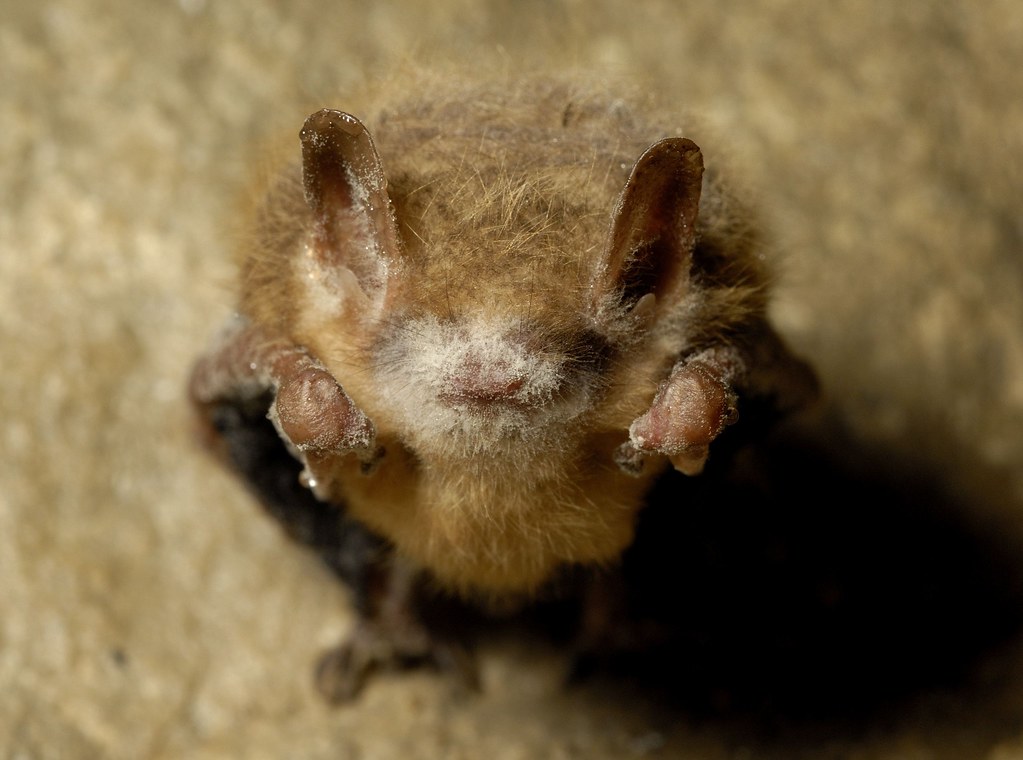
The Tri-colored Bat (Perimyotis subflavus), formerly known as the Eastern Pipistrelle, ranks among the smallest bat species in Dallas.
Weighing merely 0.14 to 0.25 ounces with wingspans of 8 to 10 inches, these diminutive mammals often escape notice despite historically being relatively common across North Texas.
Their name derives from their distinctive tricolored hairs—dark gray at the base, yellowish-brown in the middle, and dark brown at the tips—creating subtle banding visible upon close inspection.
These small bats demonstrate slow, erratic flight patterns with frequent changes in direction as they pursue tiny flying insects. You’ll find them foraging along forest edges, over water bodies, and in open woodlands throughout Dallas County.
They emerge relatively early in the evening compared to some species, often appearing shortly after sunset to hunt for small flies, mosquitoes, moths, midges, and other minute insects that larger bats might ignore.
Conservation Concerns
Tri-colored Bats face severe threats from White-nose Syndrome, a fungal disease that has devastated populations across eastern North America since 2006. The disease causes bats to wake frequently during hibernation, depleting critical fat reserves before spring arrives.
In affected regions, population declines have exceeded 90%, and the U.S. Fish and Wildlife Service has proposed listing this species as endangered due to these catastrophic losses.
In Dallas, Tri-colored Bats utilize both natural and human-made roosting sites. During summer, they roost individually or in small groups in tree foliage, behind loose bark, in Spanish moss, or occasionally in buildings.
For winter, they seek out caves, abandoned mines, and occasionally large hollow trees where they hibernate.
Their hibernation sites require specific temperature and humidity conditions, making them vulnerable to disturbance and environmental changes.
Important Note: If you observe Tri-colored Bats on your property, consider it a positive indicator of ecosystem health. Their presence suggests good insect diversity and minimal pesticide contamination in the area, making them valuable environmental indicators for North Texas.
5. Evening Bat

The Evening Bat (Nycticeius humeralis) represents one of Dallas’s most common yet frequently overlooked species. These small to medium-sized bats feature dark brown fur with black patches on their ears, wings, and tail membranes.
With wingspans of 10 to 11 inches and weighing 0.21 to 0.32 ounces, they’re slightly larger than Tri-colored Bats but smaller than Big Brown Bats. You can distinguish them from similar species by their short, rounded tragus (the small projection inside the ear) and relatively uniform dark coloring.
Evening Bats demonstrate notable adaptability to urban and suburban environments throughout the Dallas metroplex. They form maternity colonies in hollow trees, buildings, attics, behind shutters, under bridges, and in abandoned structures.
Colony sizes range from a few dozen to several hundred individuals, with females showing strong site fidelity, returning to the same maternity roosts year after year.
Foraging Behavior and Ecology
True to their name, Evening Bats emerge relatively early after sunset, often appearing before full darkness settles over Dallas. They fly at moderate heights, typically 20 to 30 feet above ground, with steady, direct flight patterns as they hunt beetles, moths, leafhoppers, and flying ants.
Their foraging areas include parks, cleared sites, urban neighborhoods, forest edges, and over water bodies where insects concentrate.
Evening Bats provide significant agricultural benefits through their consumption of crop pests. Research has documented their predation on corn rootworm beetles, cucumber beetles, stink bugs, and various moth species that damage agricultural crops.
In the Dallas area’s surrounding agricultural regions, these bats contribute meaningfully to natural pest control, reducing the need for chemical pesticides.
Reproductive Timeline:
- April-May: Males and females return from winter locations and form mating groups
- Late May-June: Females form maternity colonies and give birth to twins
- June-July: Mothers nurse pups while roosting in warm structures
- Late July-August: Young bats learn to fly and become independent
- September-October: Colonies disperse; individuals move to winter locations
6. Cave Myotis
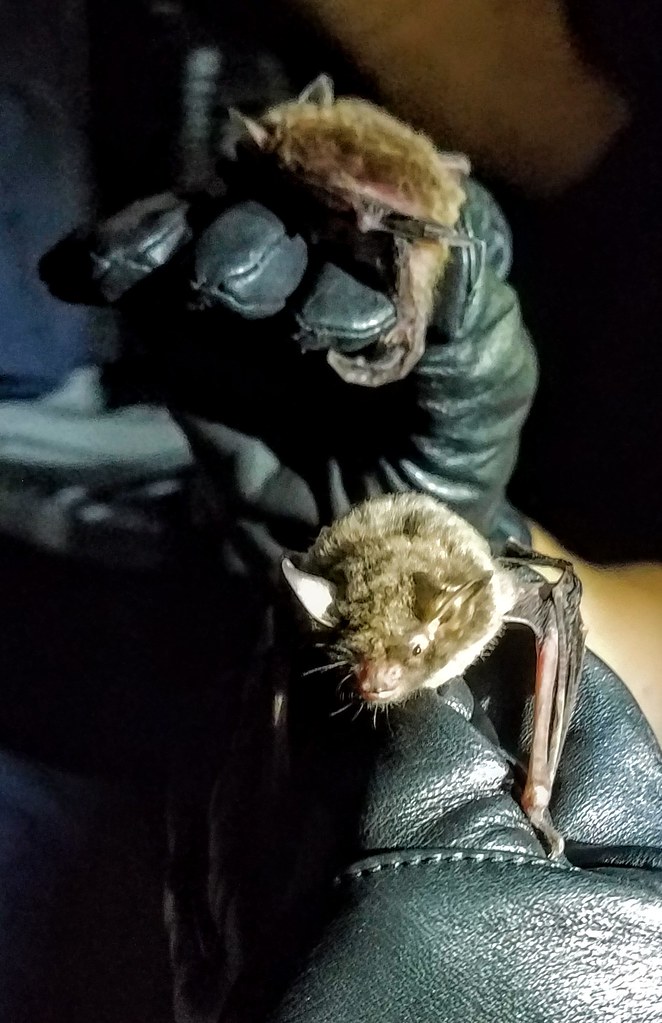
The Cave Myotis (Myotis velifer) brings a colonial species to Dallas’s bat community, though it’s less common than the ubiquitous Mexican Free-tailed Bat. You’ll identify these medium-sized myotis bats by their dull brown to grayish fur, relatively large ears for their size, and wingspan of 11 to 13 inches.
Their fur tends to be lighter on the belly, and they lack distinctive markings, making them appear uniformly colored compared to more visually striking species.
Despite their name suggesting exclusive cave dwelling, Cave Myotis in Dallas have adapted successfully to urban structures, roosting in large buildings, under bridges, in culverts, and occasionally in abandoned structures.
They form some of the largest myotis colonies in Texas, sometimes numbering in the hundreds or low thousands. In Dallas County, they’re most commonly encountered near water sources including the Trinity River corridor, White Rock Lake, and other substantial water bodies.
Habitat Requirements and Distribution
Cave Myotis demonstrate strong preferences for roosting sites with specific environmental conditions. They require relatively warm, humid roosts for maternity colonies, with temperatures ideally ranging from 75 to 85 degrees Fahrenheit.
This thermal requirement influences their distribution within Dallas, concentrating populations near water sources that moderate temperature and maintain humidity while providing abundant insect prey.
These bats display some seasonal movement patterns in North Texas, with populations fluctuating between summer and winter periods. Some individuals remain year-round residents, entering torpor during cold snaps, while others migrate to warmer areas or more suitable hibernation sites.
Their winter behavior remains less studied than their summer ecology, leaving questions about the full extent of their seasonal movements within the Dallas region.
Cave Myotis emerge after dark to forage, typically appearing 30 to 45 minutes after sunset. They fly with steady, deliberate wingbeats at heights of 10 to 40 feet, hunting moths, beetles, flies, and other medium-sized flying insects.
They often forage over water surfaces where insects emerge from aquatic environments, making Dallas’s lakes, ponds, and river corridors prime hunting grounds. Their echolocation calls, while inaudible to most humans, help them navigate complex environments and locate prey with remarkable precision.
Living with Dallas’s Bats
Understanding the six bat species that share Dallas with you enriches your appreciation for the nocturnal ecosystem functioning while you sleep.
From the adaptable Big Brown Bat roosting in neighborhood attics to the spectacular Mexican Free-tailed Bat emergences from Trinity River bridges, each species contributes uniquely to natural pest control and ecological balance.
These beneficial mammals consume countless mosquitoes, moths, and agricultural pests, providing services worth billions of dollars while asking only for safe roosting sites and access to water.
If you discover bats roosting on your property, remember that Texas bats are protected and require humane exclusion methods. The optimal removal window is August through early October, after young bats achieve independence but before winter torpor or migration begins.
Licensed wildlife control agents possess the expertise to exclude bats safely while sealing entry points to prevent returns.
Consider installing bat houses to provide alternative roosting habitat—these structures benefit both bats seeking shelter and homeowners wanting to keep them away from buildings.
The next time dusk falls over Dallas and you spot bats wheeling through the sky, you’ll have a better sense of which species you’re observing.
Whether it’s the vibrant flash of an Eastern Red Bat hunting near trees, the early emergence of an Evening Bat over your neighborhood, or the massive colonies of Mexican Free-tailed Bats streaming from bridges, these remarkable mammals work tirelessly each night to maintain the ecological balance that makes Dallas such a dynamic place to live.
